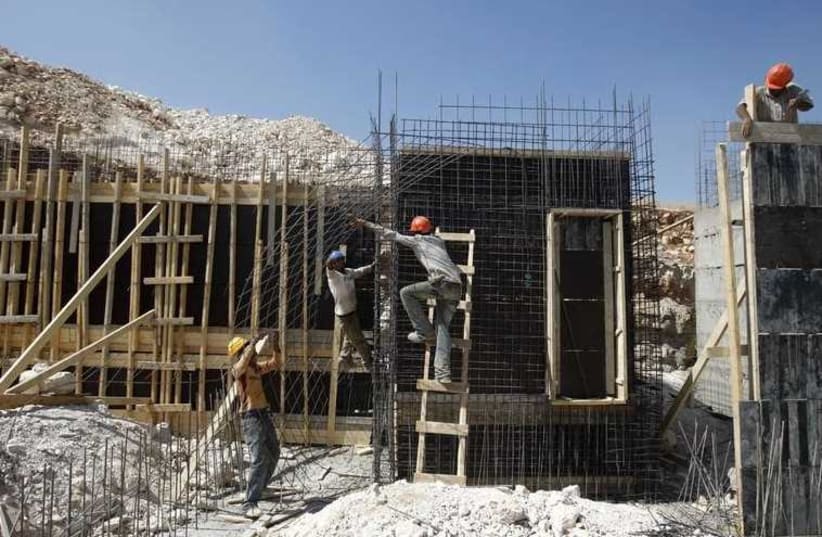See the latest opinion pieces on our page
Extremely large blocks for building were formed. Where sections of these blocks were left unbuilt, bald areas remained in the very heart of the built-up areas even decades later.Segregated and isolated, with limited employment opportunities based mainly on industry, most development towns, especially those in the Negev, have fared poorly and are among the poorest Jewish areas in the country. The widening economic gap between them and cities in the country’s center has naturally intensified ethnic conflicts and divisions. Their difficult beginnings casting a giant shadow on the present. The entire “Development Town Project” has, unfortunately, with few exceptions, proven to be a colossal failure.How should this complex and sensitive problem be approached? What strategies should be employed? Government intervention on both the regional and local planning levels is obviously necessary, well related to each region’s and town’s specific socioeconomic and geographic characteristics.Improvements to the transportation infrastructure between the periphery and the major population centers of the country, creating stronger ties to the regional and national network, thereby enabling far better access to employment opportunities and regional health, cultural and open-space facilities, should be of first priority. The new Beersheba-Ashkelon rail line, with railway stations at Netivot, Sderot and Ofakim is an important step in the right direction.Development town projects need to be given additional economic incentives, as Finance Minister Moshe Kahlon has promised, credit must be increased for small businesses to spur growth, and affordable housing constructed. Government subsidies to industries failing due to global competition should be reevaluated.Where these towns are situated on or close to borders, security issues must be addressed.The towns must of course be made attractive in their own right, be large enough to support a wide range of uses and amenities and must be helped to become competitive and self-sustaining. Their run-down centers would be reinforced through the increased diversification of their economic base and increased density.As we are speaking here of existing towns, there will be emergency repair work to be done, much like in medicine, for instance completing incomplete urban systems – roads, open spaces and buildings.To avoid remaining bedroom communities, they must have a combined working and resident population, provide shopping, basic health facilities, schooling at least through high school, and some recreational needs. They would accommodate a variety of land uses and building types, the entire plan being flexible so that buildings and uses can adapt to changes. As important as the buildings are, the spaces between them – streets, squares, pedestrian ways and parks are even more so.Each town must have a fully developed and accessible “heart,” including a central, well-enclosed, lively and unifying open space.Comprehensive long-term planning by teams made up of committed professionals, ideally including members born in these communities who know them intimately, must succeed in identifying opportunities and reinforcing each town’s unique identity. Early public involvement and participation in an open democratic planning process (the very opposite of their coercive planning origins) should be mandated.Our development towns must finally be made an integral part of the nation’s society and economy, their local identity, civic pride and community spirit strengthened and above all, their stigmatization banished forever.The author is an architect and town planner in Jerusalem.
Revitalizing our ‘development towns’
Each town must have a fully developed and accessible “heart,” including a central, well-enclosed, lively and unifying open space.
